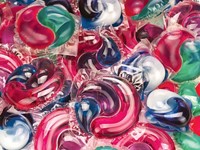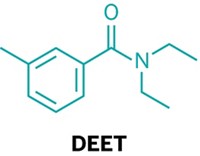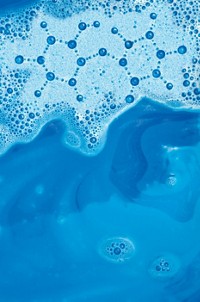Advertisement
Grab your lab coat. Let's get started
Welcome!
Welcome!
Create an account below to get 6 C&EN articles per month, receive newsletters and more - all free.
It seems this is your first time logging in online. Please enter the following information to continue.
As an ACS member you automatically get access to this site. All we need is few more details to create your reading experience.
Not you? Sign in with a different account.
Not you? Sign in with a different account.
ERROR 1
ERROR 1
ERROR 2
ERROR 2
ERROR 2
ERROR 2
ERROR 2
Password and Confirm password must match.
If you have an ACS member number, please enter it here so we can link this account to your membership. (optional)
ERROR 2
ACS values your privacy. By submitting your information, you are gaining access to C&EN and subscribing to our weekly newsletter. We use the information you provide to make your reading experience better, and we will never sell your data to third party members.
Environment
Biocides end up in farm fertilizer
May 8, 2006
| A version of this story appeared in
Volume 84, Issue 19
Already concerned that he could detect the biocide triclocarban (TCC), used in antibacterial soaps and other personal care products, in water sources in Baltimore, Rolf U. Halden of Johns Hopkins University Center for Water & Health decided to track TCC (shown) after it goes down household drains (Environ. Sci. Technol., published online April 26, dx.doi.org/10.1021/es052245n). Halden and coworkers found that some three-quarters of the compound going into a wastewater treatment plant survives the facility's physical, chemical, and biological treatments. Most of the surviving TCC ends up in the sludge, much of which gets recycled as fertilizer. Each of the largest of the U.S.'s roughly 18,000 wastewater treatment facilities could accumulate more than 1 ton of TCC per year, Halden calculates. Whether TCC and other biocides in the environment pose actual hazards, such as contributing to the development of antibiotic-resistant bacteria, remains unknown. Some observers, including Hans Sanderson of the Soap & Detergent Association, argue that the benefits of the biocides outweigh their risks. He and Halden agree that neither the health risks nor the benefits of TCC in soaps have been well-documented, let alone quantified.






Join the conversation
Contact the reporter
Submit a Letter to the Editor for publication
Engage with us on Twitter